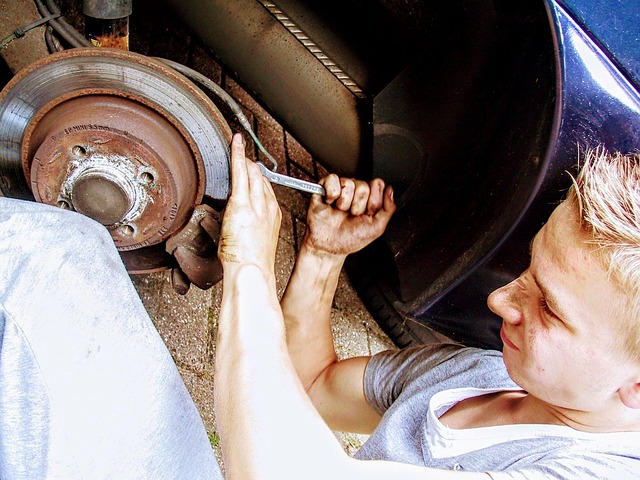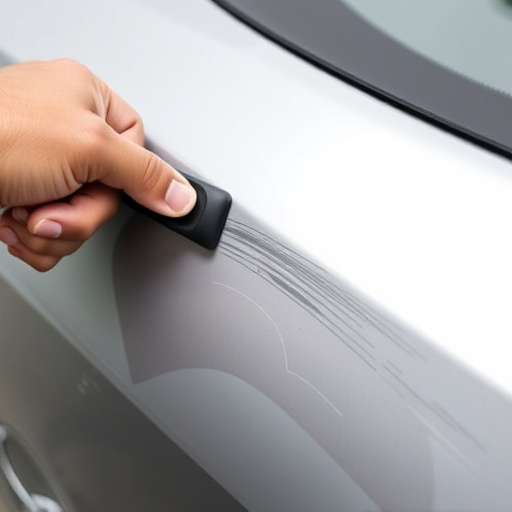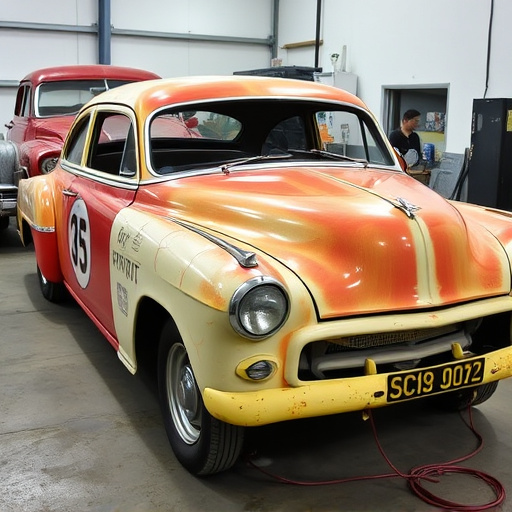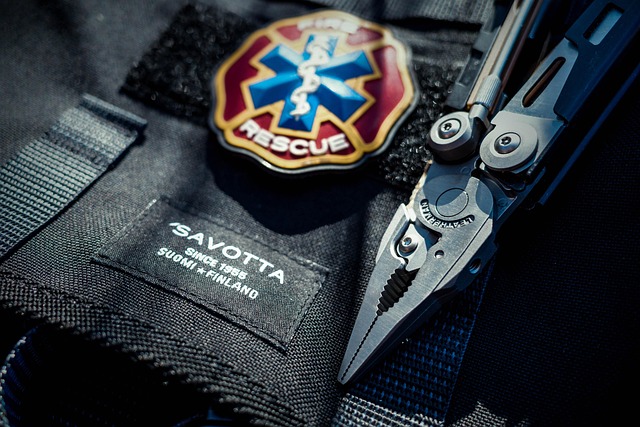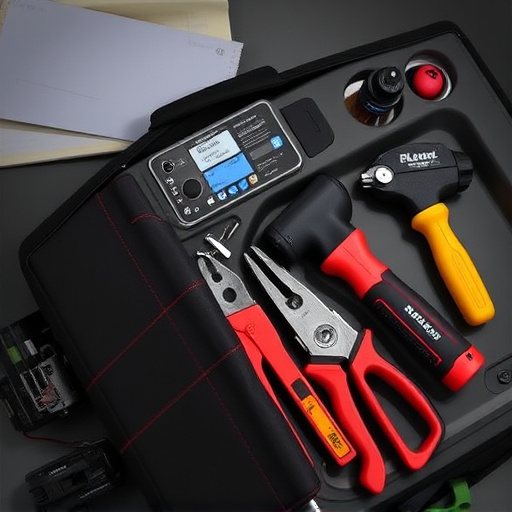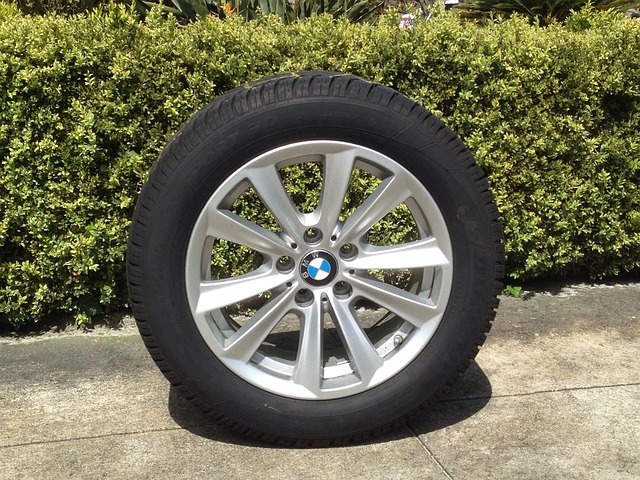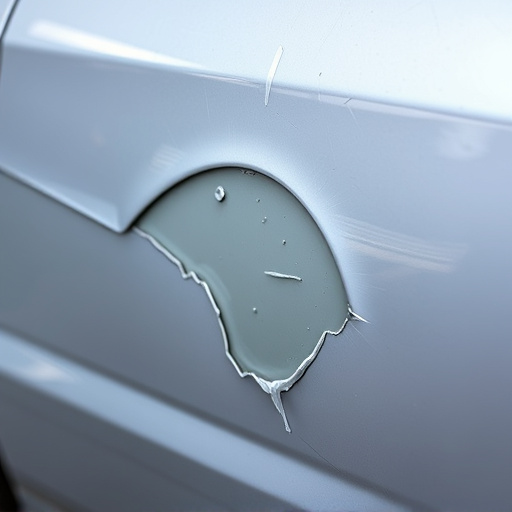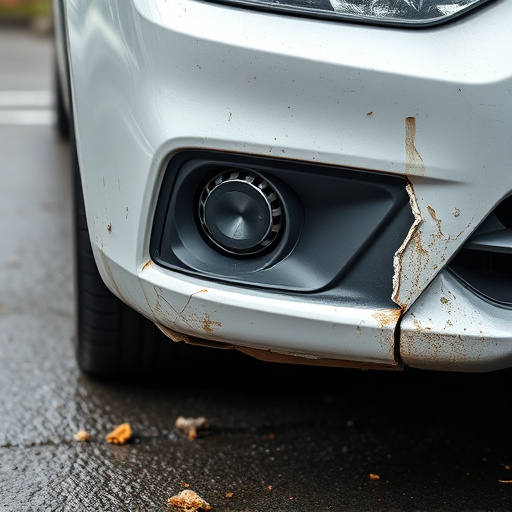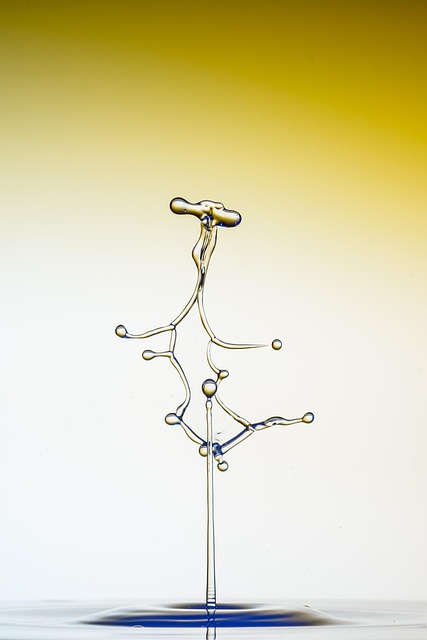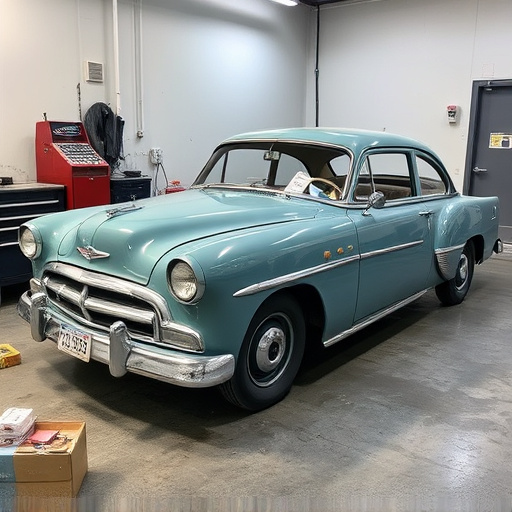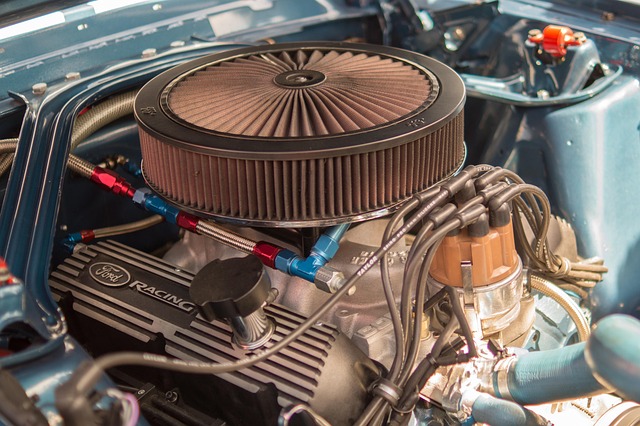Plastic welding technology revolutionizes collision repairs by offering efficient, durable solutions with precise control over diverse plastics, from polyolefins to complex resins. Techniques like heat gun, ultrasonic, and laser welding cater to intricate parts, ensuring structural integrity and aesthetic appeal in modern repair services across industries. Despite initial costs and compatibility challenges, continuous innovation aims to enhance accessibility, positioning plastic welding as a game-changer in manufacturing, auto repairs, and custom bumper design.
“Unleashing the potential of modern manufacturing, plastic welding technology has emerged as a game-changer across diverse industries. This comprehensive guide delves into the intricacies of this innovative process, offering a detailed overview for both professionals and enthusiasts. From understanding the fundamentals to exploring various welding processes and their applications, we unravel the advantages, challenges, and future prospects. By the end, readers will grasp why plastic welding is not just a technique but a transformative force in shaping our world.”
- Understanding Plastic Welding Technology: A Comprehensive Overview
- The Types of Plastic Welding Processes and Their Applications
- Advantages, Challenges, and Future Prospects of Plastic Welding Technology
Understanding Plastic Welding Technology: A Comprehensive Overview

Plastic welding technology has revolutionized various industries, including automotive and vehicle paint repairs, offering efficient solutions for auto collision repair and collision repair services. This innovative process involves the precise melting and fusing of plastic materials to create strong, durable bonds, ensuring structural integrity and aesthetic appeal. By employing specialized equipment and techniques, professionals can now weld a wide array of plastics, from common polyolefins to more complex engineered resins.
The technology encompasses several methods, such as heat gun welding, ultrasonic welding, and laser welding, each suited for specific applications. Heat gun welding, for instance, uses hot air to soften the plastic, while ultrasonic welding employs high-frequency sound waves to generate frictional heat. These techniques enable precise and controlled welding, making it ideal for intricate parts and tight spaces. Understanding these processes is key to harnessing the potential of plastic welding technology in modern collision repair services.
The Types of Plastic Welding Processes and Their Applications

Plastic welding technology involves several specialized processes designed to fuse different types of plastic materials. The most common techniques include hot gas welding, ultrasonic welding, and laser welding. Hot gas welding employs heat generated by a flame to melt the plastics, making them merge together. This process is widely used in various industries, including automotive applications such as auto glass repair and auto frame repair, where it’s crucial for ensuring structural integrity and water tightness.
Ultrasonic welding uses high-frequency sound waves to generate heat within the plastic parts, causing them to melt and fuse. It is particularly suited for intricate designs and thin materials, making it popular in auto bodywork repairs and manufacturing. Laser welding, another advanced method, employs concentrated light beams to melt plastics, offering precise control over the weld area and excellent results for detailed work. This process finds applications across industries from medical devices to consumer goods.
Advantages, Challenges, and Future Prospects of Plastic Welding Technology
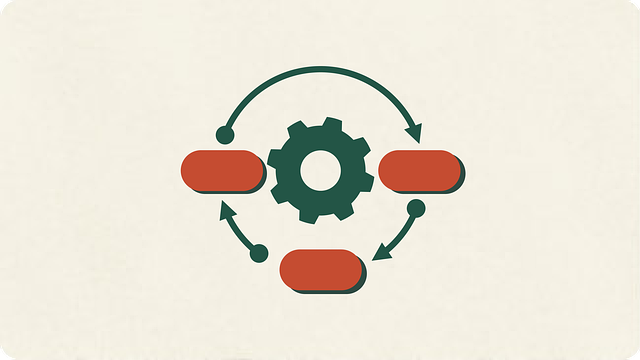
Plastic welding technology offers several advantages that have revolutionized various industries, including automotive. Its ability to bond different types of plastics with precision and strength has made it a game-changer in sectors like auto body shops and bumper repair services, enabling efficient and cost-effective repairs. This technology is particularly valuable for its versatility; it can be used on a wide range of materials, from polycarbonate to ABS, ensuring high-quality results in both structural integrity and aesthetic appeal, which is crucial for auto painting processes.
Despite these benefits, challenges remain. The process requires specialized equipment and skilled technicians to achieve successful welds, making initial setup costs higher than traditional methods. Moreover, not all plastics are compatible for welding, and certain types can be difficult to bond, requiring additional preparation and expertise. However, continuous innovation is pushing the boundaries of plastic welding technology, promising improved efficiency and accessibility in the future. With advancements in automation and new developments tailored for specific materials, this technology is poised to become an even more integral part of modern manufacturing, auto body repair, and custom bumper design.
Plastic welding technology has evolved to become a versatile and indispensable process across various industries. By understanding the different types of welding methods and their unique applications, along with recognizing the benefits and navigating the challenges, we can harness its full potential. The future prospects look promising, as continuous innovation drives the industry towards more efficient, sustainable, and cost-effective solutions. As such, plastic welding technology remains a game-changer in modern manufacturing.
